A heart meter watch or watch with heart beat tracking is a powerful tool. It gives you real-time insights into your health, from resting heart rate to sleep patterns to stress levels. But here’s the catch: even the best wearable won’t give you useful data if it’s used incorrectly.
Many users are unknowingly making simple mistakes that compromise the accuracy of their heart rate readings. If you’ve ever looked at your watch and wondered, “That can’t be right,” this article is for you.
Here are five common user mistakes that affect how well your heart rate watch works—and how to fix them.
1. Wearing Your Watch Too Loose (or Too Tight)
Heart rate sensors use optical technology to detect blood flow under the skin. If your watch is too loose, ambient light can interfere with the readings. If it's too tight, it can restrict blood flow or cause skin irritation—both of which hurt accuracy.
Fix it: Wear the watch snugly, about one finger above your wrist bone. It should stay in place without leaving marks.
2. Only Checking Heart Rate at Random Times
Taking your pulse once or twice a day won’t give you a clear picture of your heart health. What's far more useful is trend data: how your heart rate behaves over time, especially your resting heart rate (RHR) and heart rate variability (HRV).
Fix it: Use a watch that offers 24/7 monitoring, and check your trends in the app every few days. This helps you understand how sleep, stress, and activity affect your heart—not just what your pulse is at 2 p.m. on a Tuesday.

3. Ignoring the Role of Sleep and Recovery
Many people think heart rate watches are just for workouts. Not true. One of the best things these devices can do is reveal how well you’re recovering through overnight heart rate tracking.
High heart rate during sleep? It could mean poor recovery, dehydration, or even illness.
Fix it: Choose a watch with sleep + heart rate integration. For example, the WALKERFIT Smart Watch M6 Ultra tracks heart rate all night and shows you which sleep stages you were in when your heart was most active—helping you adjust your habits.

4. Not Using the Right Exercise Mode
Wearing your watch during a workout doesn’t mean it knows you’re exercising. Many heart rate watches include specific workout modes that adjust how the device reads and interprets your data.
Fix it: Always select the correct sport mode before you start—running, weightlifting, HIIT, etc. These modes improve both the accuracy and the usefulness of your heart rate metrics during and after workouts.
5. Expecting Medical-Level Precision
Let’s be clear: consumer-grade watches aren’t clinical devices, and that’s okay. While modern watches are surprisingly accurate (within 3–5 BPM), they’re best used for trends, not diagnostics.
According to the FDA, wearable devices like heart meter watches can be excellent tools for screening—but they’re not a replacement for professional care.
Fix it: Use your watch to spot changes and patterns. If you see irregular spikes or drops repeatedly, share the data with your doctor—it can be a helpful conversation starter.
Choosing a Watch That Works With You
A heart rate watch is only as helpful as how you use it—and how well it’s designed to support you.
The WALKERFIT M6 Ultra is designed to be both stylish and practical. With 24/7 heart rate monitoring, stress tracking, and sleep analysis, it helps users avoid these five mistakes right out of the box. Its durable steel build and large display make it ideal for everyday wear—whether you're at work, the gym, or relaxing at home.
And most importantly: it makes your data clear, visual, and usable.

FAQ: Using a Watch With Heart Beat Monitoring
Q: How accurate are heart rate watches?
Most are accurate within a few BPM at rest or during moderate activity. Accuracy may drop during intense motion unless you use proper sport modes and strap fit.
Q: Do I need to wear it 24/7?
For the best insights, yes. Especially during sleep and daily routines when heart rate changes subtly.
Q: How do I clean my watch to avoid skin issues?
Wipe the sensor and strap with a damp cloth regularly. Avoid wearing it too tight, especially during sleep.
Final Thoughts
Heart meter watches are incredible tools—but like any tool, their effectiveness depends on how you use them.
By correcting these five simple mistakes, you’ll unlock more reliable, meaningful insights from your device. Whether you’re tracking fitness, recovery, or just trying to be more aware of your body, the right habits make all the difference.
And if you’re looking for a device that’s made to support you—without overcomplicating things—consider checking out the WALKERFIT M6 Ultra. It’s built to help you get heart smart, every day.

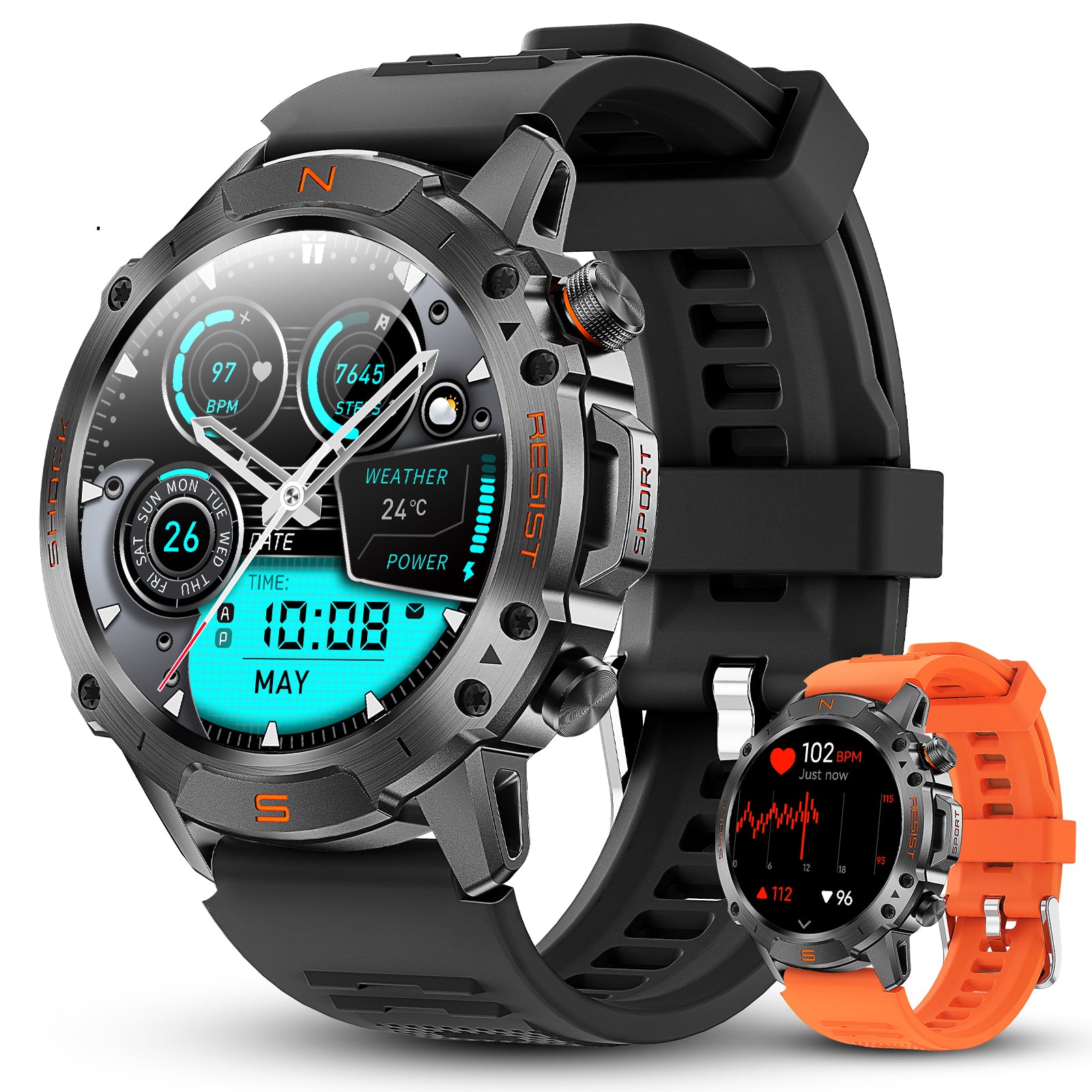

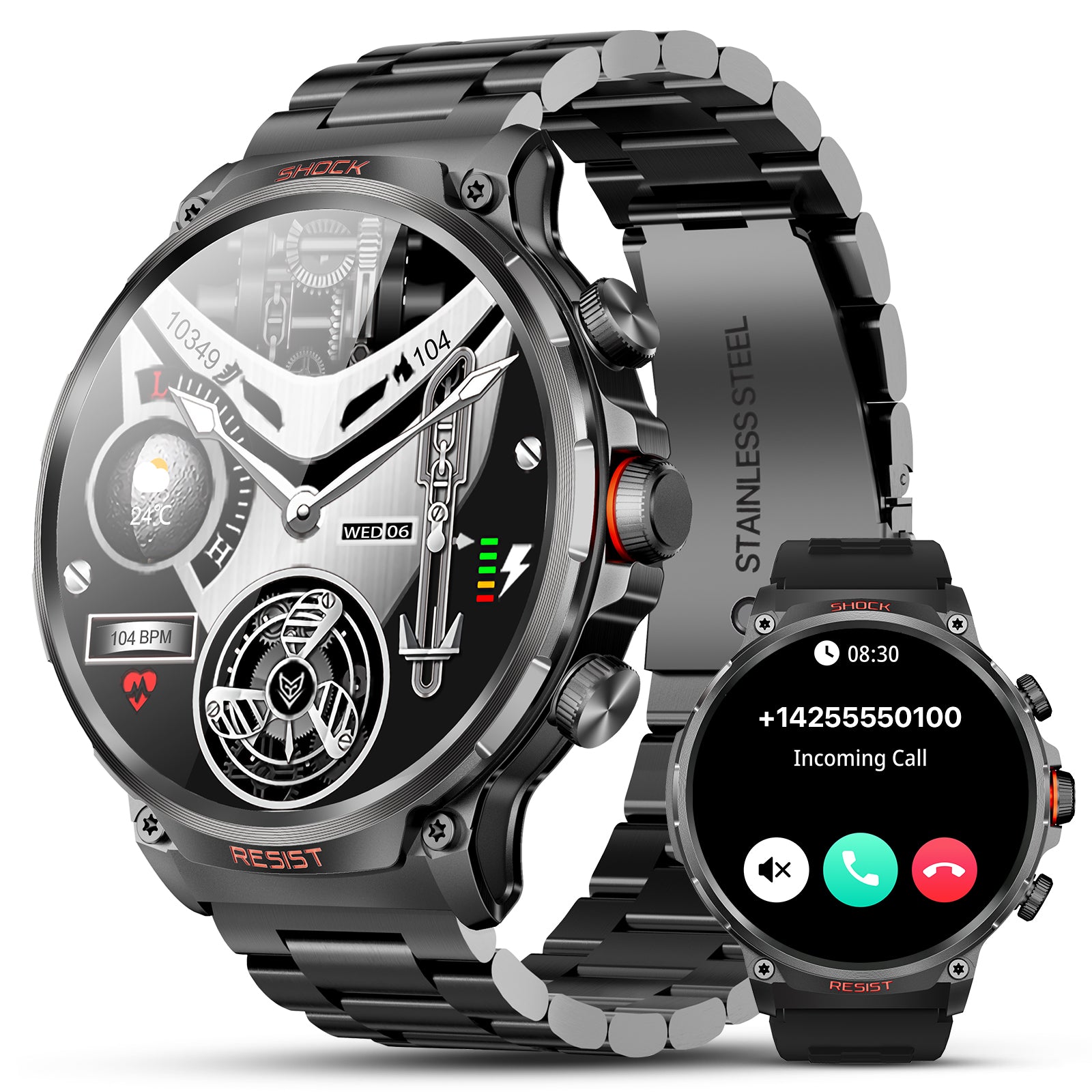
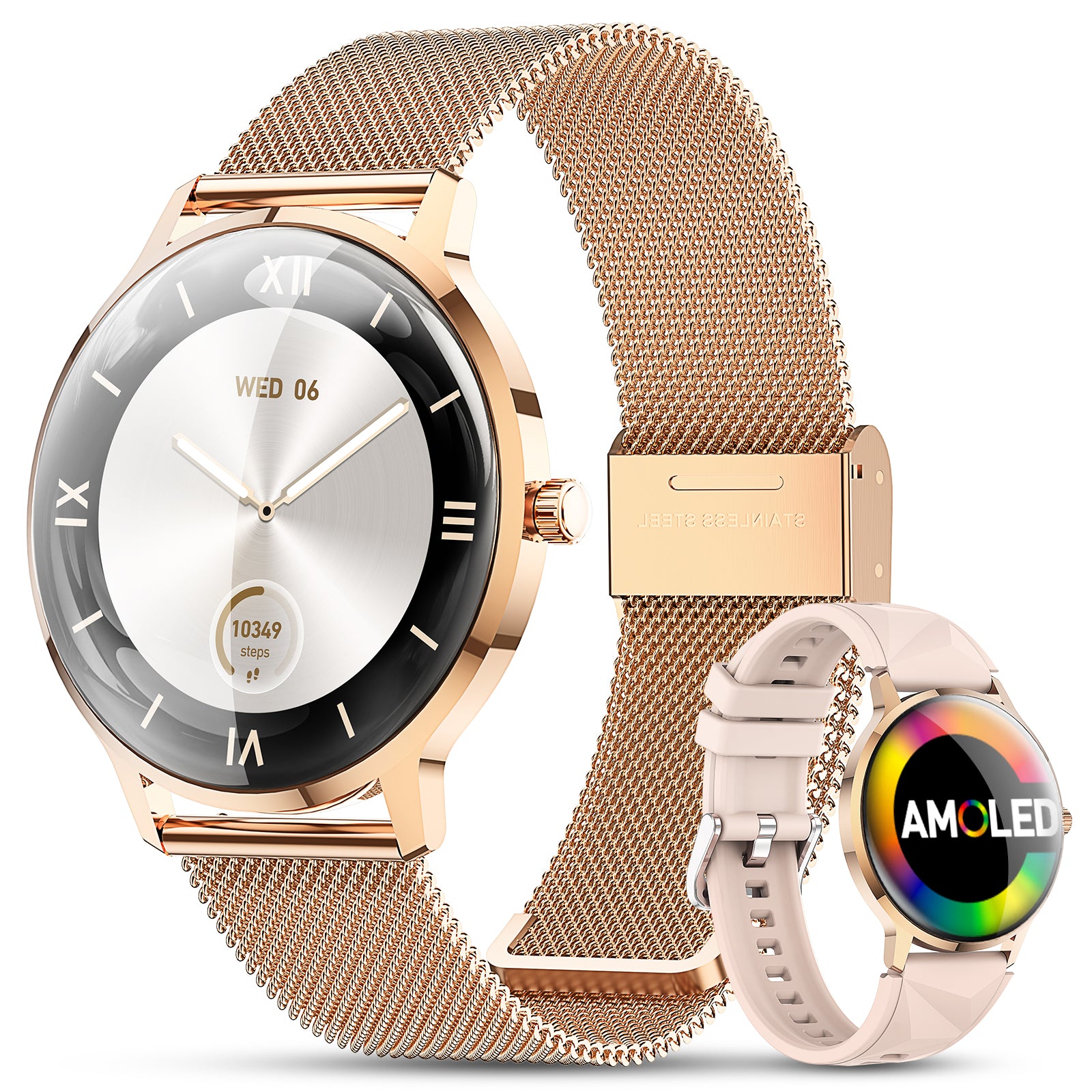
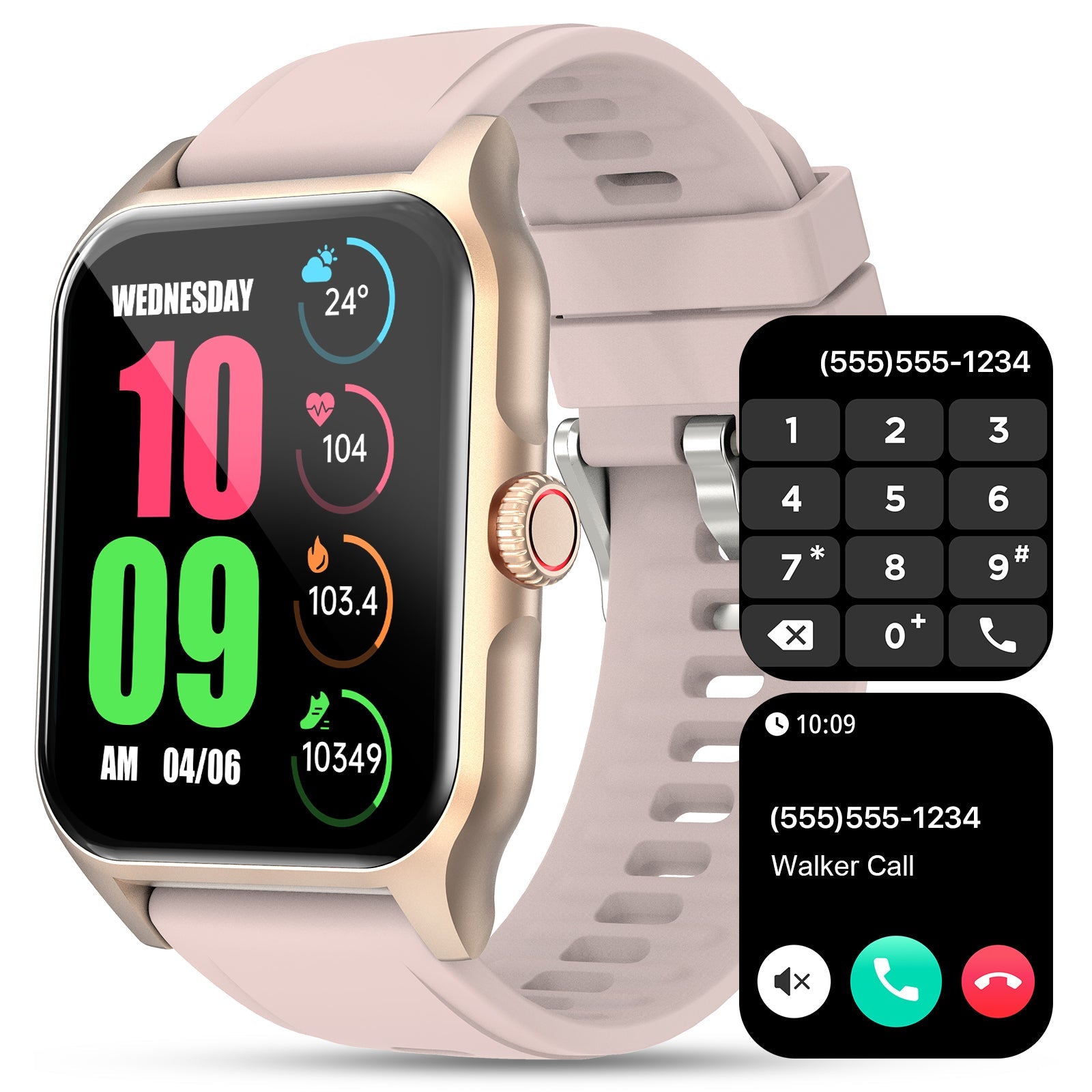
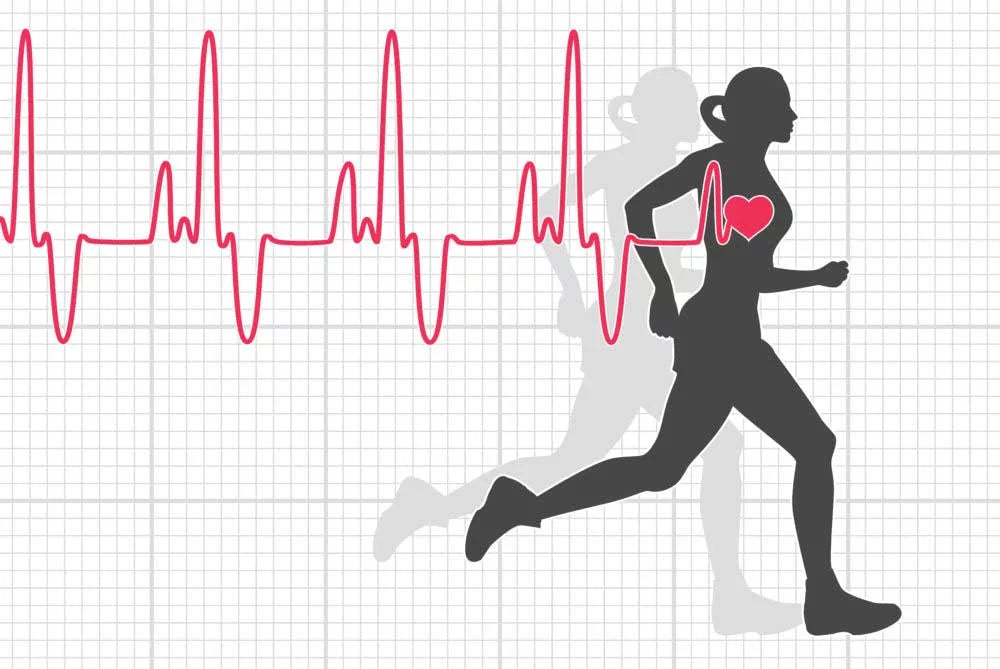
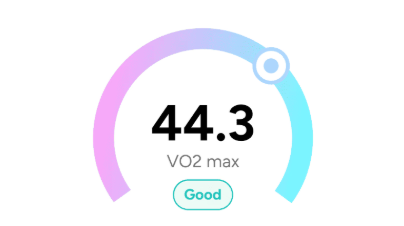

Leave a comment
All comments are moderated before being published.
This site is protected by hCaptcha and the hCaptcha Privacy Policy and Terms of Service apply.